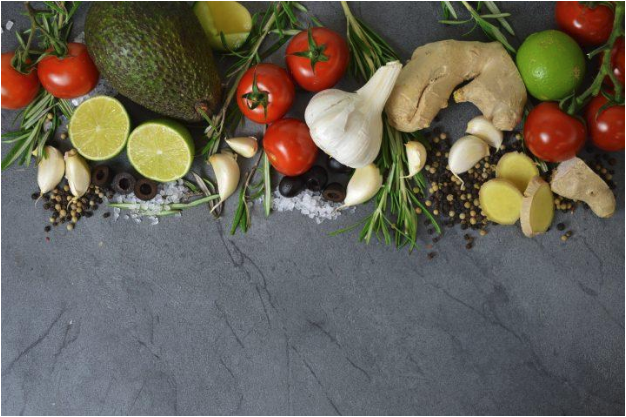If you want to make your favorite recipes healthier without losing the taste, then you are on the right destination. We have some great tips that will help you adapt your recipes to reduce sugar, fat and increase fibre without changing your diet plan radically.
CUT DOWN ON SUGAR
One of the most important parts of a heart-healthy lifestyle is keeping tabs on how much sugar you are swallowing, especially if you are diagnosed with pre-diabetes or diabetes. Desserts, candies and drinks can lead to spikes in blood glucose levels and weight gain. To avoid this, when you bake you can experiment by using less sugar – most of the recipes will work even if the quantity of sugar in the recipe is halved. Fruit scones and cakes can be made without adding extra sugar, as the fruits will provide the needed sweetness. Here are some extra tips:
- Toss the table sugar, molasses, honey and syrup. Cut back on the amount of sugar added to things you eat and drink on a daily basis, like tea, coffee, pancakes and cereal.
- Replace the sugar with unsweetened applesauce in recipes.
- Instead of adding sugar to oatmeal or cereal, try dried or fresh fruit.
- Buy low-calorie or sugar-free beverages. Or you can drink water!
- Instead of sugar, use extracts like lemon, orange, vanilla or almond.
CUT DOWN ON FATS
If frying, keep in mind to use a non-stick pan and dry fry. And if your food is drying out, instead of oil, add a little water. Use fats and oils that are high in good fats, like olive oil and when cooking, add less than the recipe suggests. Here are some tips to make small changes to your eating and cooking habits.
- Avoid frying. Boil, steam, poach, grill, microwave or dry-fry.
- Non-stick pans need very little oil, so cook in such pans.
- Replace chocolate, cakes and biscuits with fresh or dried fruit.
- Buy reduced-fat dairy products like fat-free yogurt, reduced-fat cheese, semi-skimmed or skimmed milk.
- Use less margarine or butter in sandwiches or on toast.
- Avoid fatty meat products like pies, salami, pepperoni, burgers and sausages. Opt for lean cuts of meat and skinless chicken.
INCREASE FIBRE
Use bread, pasta and brown alternatives of rice to increase the fibre content of recipes which will actually make you feel fuller for longer. Instead of white flour, when baking use a mix of wholemeal and plain flour. Here are some tips for you:
- Dietary fibre is found only in plant foods such as veggies, fruits, cereals, nuts, legumes and seeds.
- Opt for brown rice, wholegrain or wholemeal bread, wholemeal noodles and pasta.
- Sprinkle chopped dried or fresh fruit, seeds or wheat germ on breakfast cereal.
- When baking muffins, cakes, pastries, or biscuits, include veggies like grated carrots, and fresh or dried fruits, or substitute some white flour for wholemeal.
- Leave the skins on vegetables and fruits.
- Substitute some of the meat in casseroles, stews or mince dishes with chickpeas, kidney beans, split peas or cooked lentils. Add extra veggies.
- Eat high fibre snacks like a wholegrain biscuit, wholemeal bread, raw vegetables and fresh fruits.
- Use chopped raw veggies like snow peas, asparagus, capsicum, cauliflower, celery, and carrot to dip into salsa.
























